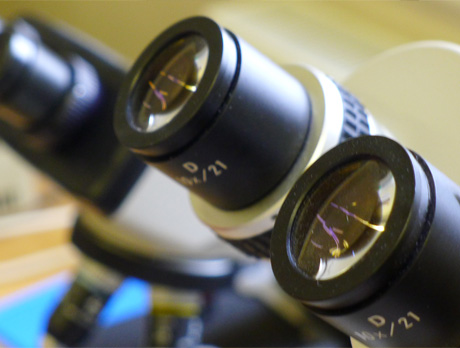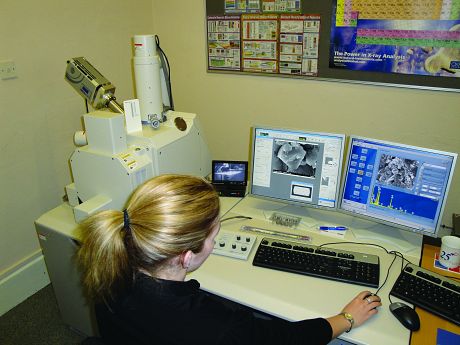
Work alongside Badley Ashton's specialist staff
Sometimes training requirements exceed the scope of a dedicated course, or there aren't enough participants to make it worthwhile. In cases like these it is possible for trainees to work alongside Badley Ashton's specialists for an extended period to really ensure effective knowledge transfer.
Essentially the trainees will perform the job as though they were Badley Ashton employees, but wherever they are uncertain we will supplement their training with regular seminars and demonstrations to reinforce their theoretical understanding. The main aim will be to provide a firm technical basis, instil good work practices and a give a clear-cut understanding of the relevant reservoir geology.
Our training approach will encourage the trainees to use their initiative (in certain cases letting them make mistakes if that is the appropriate training device) and develop an inquisitive scientific approach to their work, tempered by commercial expediency. This will be achieved by instruction in the technique followed by their practice of the technique. They will not be spoon-fed and our standards will be applied to the trainees but in a sympathetic manner. Emphasis will be placed on quality data collection, rigorous analytical and interpretation methodologies, and the need for an integrated approach. The trainees should also acquire knowledge of other skills and a feel for how the focus of their particular study works and fits in to the broader picture.

Training in a wide range of skills
The trainees can receive hands-on training in a wide range of reservoir characterisation skills by working alongside Badley Ashton staff. The focus of this training can be as wide or narrow as you require, and will typically cover one or more of the following skills.
• core description - methodology.
• facies analysis including the use of trace fossils.
• sequence stratigraphy.
• core-to-log calibration.
• wireline log interpretation.
• sample selection - methodology (at all levels ie. for TS, SEM, XRD, etc.).
• thin-section petrography including textural and modal analysis, pore type and pore system recognition, and the methods for establishing paragenetic sequences as a basis for diagenetic modelling.
• SEM analysis.
• XRD interpretation.
• integration of modal and XRD mineralogies.
• computer manipulation of core analysis, textural and modal analysis data including tabulation, cross-plotting and data interrogation etc.
• integration of core-derived, log-derived and petrographically-generated data (reservoir characterisation).
• overall work practices.
• oral presentations; aims, scope, nature of illustrations etc.
• report writing; nature and type of illustrations, appendices etc.
Ideally this sort of training would run alongside an existing project for your company, but where this is not possible we can provide non-sensitive, non-commercial data for training purposes.

Case Studies
The following case studies may be of interest:- Sedimentology and depositional setting of the Asl and Hawara Members, October Field, Egypt
- The application of Borehole Imaging in appraising a Triassic (TAGI) fluvial reservoir,
- High-frequency cyclicity in the Late Jurassic Arab Formation in a giant gas field, United Arab Emirates?
- New Insight on the Depositional Environment and Facies Atlas of Aptian in a Super Giant Carbonate Field in the Middle East

Articles
The following articles may be of interest:

Publications
The following publications may be of interest:
- Depositional Environments, Architecture and Diagenesis of Fahud Field, Oman
- Permeability evolution across carbonate hosted normal fault zones
- Reservoir architecture of the Cretaceous Upper Burgan deltaic deposits in North Kuwait
- Field-Scale Reservoir Quality Variations and Predictability in Uncored Intervals within the Arab Formation, offshore Abu Dhabi (United Arab Emirates)
- New insights into the Al Khlata to Lower Gharif succession of North Oman

